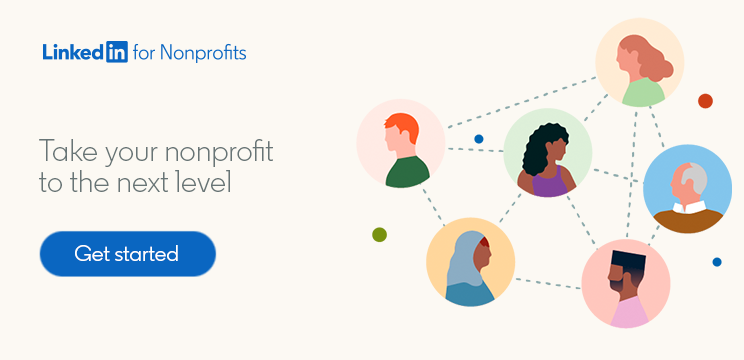
Embracing Intersectionality to Improve LGBTQ+ Inclusion in the Nonprofit Workplace
As nonprofits consider ways to improve LGBTQ+ inclusion in the workplace, one factor that cannot be overlooked is intersectionality.
“Intersectionality is a term coined by Dr. Kimberele Crenshaw to understand, specifically, Black women’s experiences in the prison punishment system,” explains RaShawn Hawkins, Deputy Director of the Human Rights Campaign (HRC) Foundation’s Workplace Equality Program, which aims to promote LGBTQ+ equality in all workplaces. “Dr. Crenshaw describes intersectionality as ‘a lens through which you can see where power comes and collides, where it interlocks and intersects.’ The term is now often used to understand the ways our social identities interact to create our lived experiences.”
By recognizing and embracing employees’ intersectionality, nonprofits can better understand the unique experiences, challenges, and needs of their people — and encourage them to bring their whole, authentic selves to work.
“Intersectional analysis tells us that people can hold compounding marginalized identities that result in oppression greater than the sum of its parts,” RaShawn says. “HRC and other nonprofit organizations cannot advance equality for LGBTQ+ peoples without intentional acts to include and empower those of us that are multiply marginalized in the community.”
Here are three steps that RaShawn recommends for leaning into intersectionality to promote LGBTQ+ equality your nonprofit.
1. Review your initiatives through an intersectional lens
Without considering intersectionality examples when developing diversity, equity, and inclusion (DEI) initiatives, organizations may find themselves struggling to create policies, practices, and resources that are inclusive of all employees.
“Employers must learn the definition of intersectionality, then look into their DEI initiatives and see where a more intersectional approach to goal setting can occur,” RaShawn says. “This can look like doing work to ensure that their practices, policies, and systems center on the most marginalized. If a policy centers on the most marginalized, it will benefit everyone.”
An example of this is allowing employees to work from home. This supports people with disabilities and the immunocompromised, while also creating better working conditions for parents, caretakers, and others. It’s good for the environment, too.
2. Recognize that everyone’s experience is different
As you develop a deeper understanding of intersectionality at your nonprofit, it will become clear that every employee’s lived experience is different. This is important to consider when designing new policies or benefits offerings. Flexibility is critical.
“There is no monolithic community and each individual employee’s experience is different based on their experiences and identities,” RaShawn says. “One size does not fit all.”
For example, encouraging flexibility when it comes to workplace policies is a good way to promote inclusion and meet the needs of employees rather than taking a “one size fits all” approach.
3. Encourage collaboration between affinity groups
One way to develop more intersectionality resources internally is to lean on any employee resource groups (ERGs) at your organization.
“Nonprofit employers can embrace intersectional identities in the workplace by encouraging ERGs to work more collaboratively with other affinity groups,” RaShawn says. “For example, Pride/LGBTQ+ ERGs could collaborate with BIPOC and Women-centered groups to discuss or educate the employee base on a multitude of common interests, such as Pride Month, Women’s History Month, Black History Month, and more.”
Improve LGBTQ+ inclusion in the workplace with a thoughtful approach to intersectionality
Being thoughtful about intersectionality can help your nonprofit improve LGBTQ+ inclusion in the workplace — helping your people to do their best work.
“Workplaces that create a culture of belonging allow their employees to thrive simply by being who they are every day; their authentic selves,” RaShawn says. “Employees who are empowered to express themselves can truly lean into their work in more creative or innovative ways. Intersectional and inclusive workplaces create social connections that will strengthen everyone’s ability to communicate, get work done, and enjoy each other’s company.”
For more resources that can help your nonprofit answer LGBTQ+ in the workplace questions, visit the Human Rights Campaign Foundation’s website.

